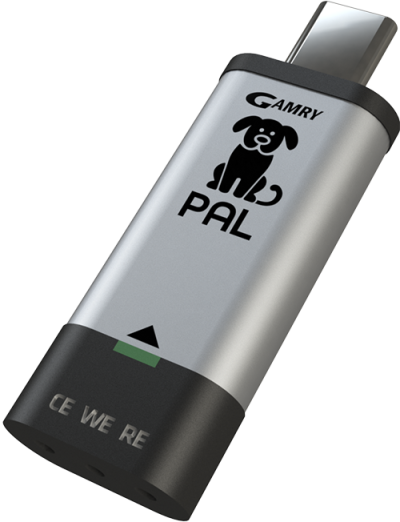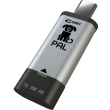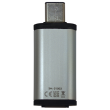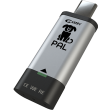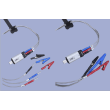The Gamry PAL is a compact potentiostat made with portability and utility in mind. It’s powerful enough to teach voltammetry in a hands-on classroom with screen-printed electrodes. It’s capable enough for lightweight laboratory testing using the cell cable. You can even take it out with you to run field experiments. The versatility makes it a nice companion to your fully-featured Gamry potentiostat.
The optional cell cable and adapter let you connect to glass cell kits like the Dr. Bob’s Cell kit.
Software is included! The Gamry PAL runs in Gamry Pal Suite. It does not run in Framework or the toolkits.
Note that this is not a research-grade potentiostat. As such, it does not have the frequency range or accuracy that an Interface or Reference potentiostat does.
Technical Support is available via contact form.


